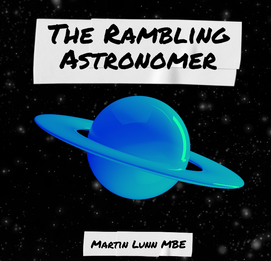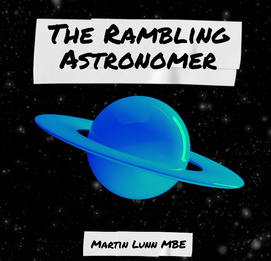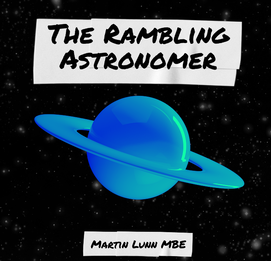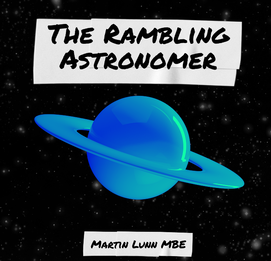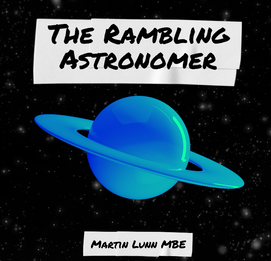Henry
John Tuberville who was formerly known as Henry John Blackmore was
something of an eccentric with a taste for science and in particular
astronomy. He was the elder brother of Richard Doddridge Blackmore
who wrote ‘Lorna Doone’
As
Henry Blackmore in April 1865 he brought a 4.5 inch educational
telescope from Thomas Cooke & Sons and in October 1866 as Henry
Tuberville he brought a 5.5 inch telescope with a finder, 6
eyepieces, sun prism on an equatorial mounting, strong but as light
as possible, on a stout polished mahogany stand. With both telescopes
his address was the village of Pilton near Barnstable in Devon.
He
changed his name in 1865 it appears due to some family issues,
Tuberville was a Catholic family name and he appears to have changed
his name with the aim of offending his Church of England relatives.
I
cannot find as yet any evidence of any astronomical observations he
made or whether he was a member of any astronomical societies in
Devon. I also have no idea what happened to his two Cooke telescopes.
Henry
Blackmore was born in Berkshire in 1824, his father John Blackmore
would become the vicar of Ashford near Barnstable in Devon. In 1857
he inherited some money after an uncle died, and by the time of his
death had amassed a fortune of £20,000 which today is worth £2.4
million.
In
1875 when he was 51 Henry Tuberville started to visit Yeovil in
Somerset where he became engaged to Elizabeth Maggs who was 23 and
the daughter of a chemist Thomas Maggs, He had made several wills the
last in 1875 when he left everything to Thomas Maggs and his family. There
were not surprisingly many objections to the will.
He
was taken poorly on August 16th 1875 and as he was a
chemist Thomas Maggs was called in to see him, he apparently had a
great pain in his leg, the following day he died. The physician Dr.
Allridge stated that Tuberville had taken potassium cyanide, although
it was never decided how he got this poison. In the end a jury
decided that in a state of unsound mind Tuberville had taken the
potassium cyanide.
His
brother Richard, believed that Henry had been murdered and tried to
get the inquest re opened in this he failed. The mystery is still
there today did he commit suicide or was he murdered?




